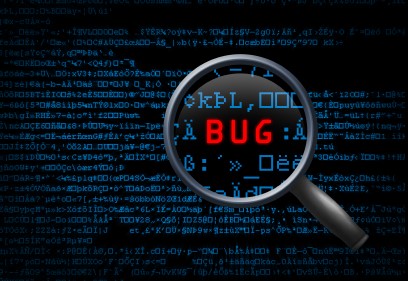The past decade has witnessed a surge in technological advancements, but it has also been marked by an alarming increase in cyber threats and security breaches. In this comprehensive retrospective, we’ll delve into some of the most significant tech exploits of the last decade, examining the vulnerabilities they exploited, the impact they had, and the lessons learned for cybersecurity moving forward.

Rise of Cyber Threats
The rapid evolution of technology has opened up new opportunities for innovation and connectivity, but it has also created new avenues for cybercriminals to exploit.
Sophisticated Attacks
Cybercriminals have become increasingly sophisticated in their tactics, employing advanced techniques such as malware, phishing, ransomware, and social engineering to target individuals, businesses, and organizations.
Exploitation of Vulnerabilities
One of the primary strategies employed by cybercriminals is the exploitation of vulnerabilities in software, hardware, and networks. These vulnerabilities can range from software bugs and coding errors to misconfigurations and outdated systems.
Notable Cybersecurity Breaches
The last decade has seen a slew of high-profile cybersecurity breaches that have exposed sensitive data, disrupted operations, and undermined trust in digital systems.
Equifax Data Breach (2017)
One of the most significant data breaches of the decade occurred in 2017 when Equifax, one of the largest credit reporting agencies in the United States, suffered a massive cyberattack. The breach compromised the personal information of over 147 million people, including names, social security numbers, birth dates, and addresses.
WannaCry Ransomware Attack (2017)
In 2017, the WannaCry ransomware attack infected hundreds of thousands of computers worldwide, exploiting a vulnerability in Microsoft Windows operating systems. The attack encrypted users’ files and demanded ransom payments in Bitcoin to unlock them, causing widespread disruption to businesses, hospitals, and government agencies.
Lessons Learned and Cybersecurity Responses
While cybersecurity breaches are inevitable in today’s interconnected world, organizations and individuals can take steps to mitigate risks and enhance their security posture.
Patch Management and Software Updates
Regular patch management and software updates are essential for addressing known vulnerabilities and reducing the risk of exploitation by cyber attackers. Organizations should prioritize the timely deployment of patches to protect their systems and networks from known threats.
Security Awareness and Training
Security awareness and training programs can help educate employees and individuals about common cyber threats, phishing scams, and best practices for protecting sensitive information. By promoting a culture of cybersecurity awareness, organizations can empower their employees to recognize and respond to potential threats effectively.
Future Challenges and Emerging Threats
As technology continues to evolve, new challenges and threats will emerge, requiring ongoing vigilance and adaptation from cybersecurity professionals and organizations.
Internet of Things (IoT) Security
The proliferation of Internet-connected devices presents new security challenges. This is as many IoT devices lack robust security features and are vulnerable to exploitation. Securing IoT devices and networks will be critical to preventing large-scale cyber attacks and safeguarding sensitive data.
Artificial Intelligence (AI) and Machine Learning (ML) Threats
Advancements in artificial intelligence and machine learning technologies have the potential to revolutionize cybersecurity, but they also pose new risks. Cyber attackers may leverage AI and ML techniques to automate and enhance their attacks. Thus making them more difficult to detect and mitigate.
Conclusion: Securing the Future of Technology
The past decade has been marked by significant advancements and challenges in the realm of cybersecurity. While cyber threats continue to evolve and proliferate, so too do the tools, techniques, and strategies for defending against them.
By prioritizing cybersecurity awareness, implementing robust security measures, and fostering collaboration and innovation within the cybersecurity community. We can secure the future of technology and protect the integrity, confidentiality, and availability of digital systems. For generations to come!
